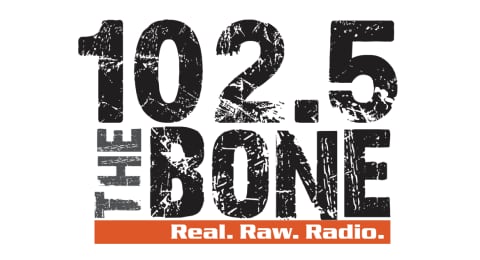Electing a president is a process that is made up of several steps that happen after Election Day.
From canvassing and certifying votes to casting those votes during Electoral College proceedings, a series of events must take place in order for a person to officially be elected president of the United States.
Here is a look at the timeline of events that must happen after votes are cast, but before the president is sworn-in in January.
Nov. 4-Dec. 14, 2020: Counting popular votes and filing Certificates of Ascertainment
States began counting and certifying voting results on Nov. 4, 2020. Counting and certifying are done per the laws of the state and regulations.
When that count is finished, the governor of the state must prepare reports of the vote totals called Certificates of Ascertainment of the vote.
According to federal law, the certificates must be completed “as soon as practicable.”
Certificates of Ascertainment include a list of names of the electors who were chosen by the voters, along with the votes received in the popular election results.
Also included is a list of the losing candidates for elector and the number of votes they received.
Seven copies are made and each must carry the seal of the state. One copy is forwarded to the Archivist of the United States. The six duplicates go to the state’s electors by the day they meet to vote – Dec. 14.
Dec. 8, 2020: The “Safe Harbor” deadline
Federal law (3 U.S.C. §5) addresses a situation that is intended to bring to a close any dispute over electoral votes. It’s something known as the Safe Harbor deadline.
States have until Dec. 8 to resolve any disputes and certify their voting results to send the electors to the Electoral College to vote. If they do not do that by Dec. 8, results could be deemed inconclusive and that could result in electors not being counted.
The statute says that:
If election results are contested in any state, and
if the state has enacted procedures to settle controversies over electors and electoral votes, and
if these procedures have been applied, and
if the results have been determined six days before the electors' meetings, then these results are considered to be conclusive, and will apply in the counting of the electoral votes.
Six days before the electors' meetings is Dec. 8, this year.
Dec. 14, 2020: Electors vote in their states
Again, federal law sets a deadline for electors to meet in their states and vote for president and vice president.
The Monday after the second Wednesday in December – Dec. 14 this year – is the date the electors will meet.
They meet at the places selected by their state’s legislature.
Voting on paper ballots, they cast one vote for president and a separate vote for vice president.
The votes are counted and then the electors sign six certificates that include a list of the electoral votes for president, and a separate list of electoral votes for the vice president. These are the Certificates of the Vote.
The Certificates of the Vote are paired with the Certificates of Ascertainment, sealed and certified.
The certificates are sent by registered mail to:
- The president of the Senate (the vice president of the United States)
- The secretary of the state in the state in which the electors met (he or she gets two copies)
- The archivist of the United States (he or she gets two copies)
- The judge of the U.S. district court in the district where the electors met
Dec. 23, 2020: Certificates must be delivered to the designated officials
The certificates have to reach the officers named above by the fourth Wednesday in December – Dec. 23 this year.
Jan. 6, 2021: Joint Session of Congress to count electoral votes and declare the results
On Jan. 6, the House and the Senate meet in a joint session at 1 p.m. to count votes and declare the results.
The vice president, serving as president of the Senate, presides over the event. In this case, Vice President Mike Pence will open the certificates and presents them to four “tellers,” two from each chamber.
Tellers are charged with reading out and then making a list of the results contained in the certificates.
When the tellers have finished counting the votes, they report the results to the vice president.
Whichever ticket receives a majority of 270 or more electoral votes “shall be deemed a sufficient declaration of the persons, if any, elected President and Vice President.”
Joint Session Challenges to Electoral Votes
Members of either chamber can object to the votes in the certificates. The objections must be made in writing by at least one member of both the House and the Senate.
If both a House and Senate member objects, the joint session goes into recess, separates and debates the question. They have two hours to do so.
They then vote separately in their own chambers and resume the joint session to announce the results. Both houses must approve the objection in order to keep votes from being counted.
Jan. 20, 2020: Inauguration
The president and the vice president are inaugurated on Jan. 20. The vice president goes first, taking the oath of office a few minutes before noon, then the president is sworn-in at noon.
Sources: Congressional Research Service, U.S. Constitution, U.S. Archivist.
Cox Media Group

